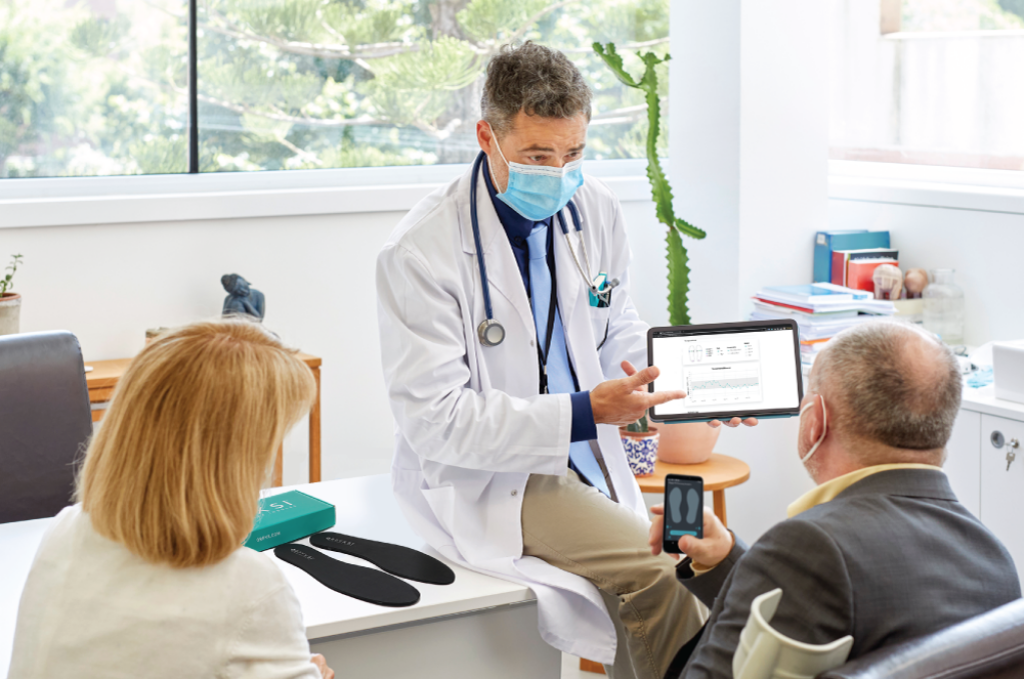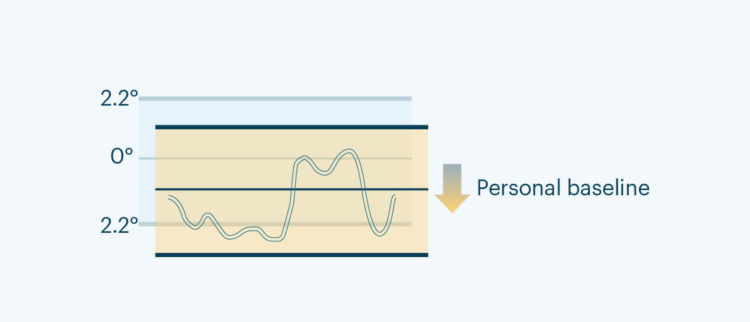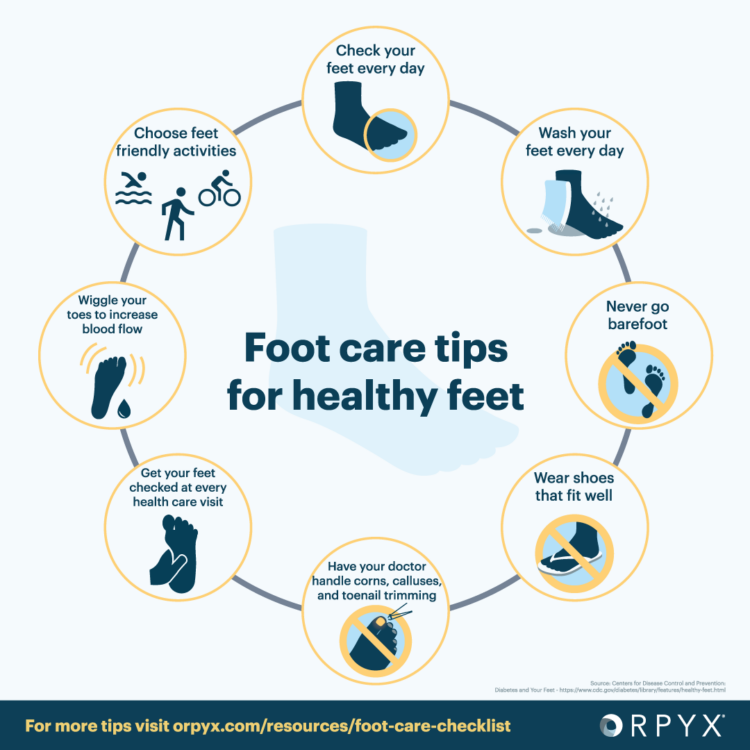Remote Physiological Monitoring CPT® Coding Overview

Authors:
- Karen Smith, VP of Marketing
- Jeffery Lehrman, DPM, FASPS, MAPWCA, CPC, CPMA. Certified Professional Coder and Certified Professional Medical Auditor
If you are a health care provider delivering remote physiological monitoring (RPM) services to your patients it is important to understand the corresponding CPT® codes that may be considered for claims submission. This article focuses on CPT® coding and Medicare payment policies, some of which can be found within the CMS Physician Fee Schedule.
There are four primary RPM CPT® codes that can be submitted by qualified healthcare providers:
- CPT 99453: Remote monitoring of physiologic parameter(s) (eg, weight, blood pressure, pulse oximetry, respiratory flow rate), initial; set-up and patient education on use of equipment
- CPT 99454: Remote monitoring of physiologic parameter(s) (eg, weight, blood pressure, pulse oximetry, respiratory flow rate), initial; device(s) supply with daily recording(s) or programmed alert(s) transmission, each 30 days
- CPT 99457: Remote physiologic monitoring treatment management services, clinical staff/physician/other qualified health care professional time in a calendar month requiring interactive communication with the patient/caregiver during the month; first 20 minutes
- CPT 99458: Remote physiologic monitoring treatment management services, clinical staff/physician/other qualified health care professional time in a calendar month requiring interactive communication with the patient/caregiver during the month; each additional 20 minutes (List separately in addition to code for primary procedure)
CPT 99453 represents the initial device set up and patient education on use of the RPM device.
- Can only be submitted once per patient per episode of care.
- Requires 16 days of data transmission in a 30-day period; does not have to be 16 consecutive days.
- The 30-day period is not tied to a calendar month; it can be a rolling 30 days.
- If the provider dispenses two RPM devices to the same patient at setup or adds a second device for the same episode of care, Medicare does not allow submitting CPT 99453 twice.
CPT 99454 represents the device(s) supply with daily recording(s) or programmed alert transmissions
- Can be submitted every 30-day period; this is not tied to a calendar month; it can be a rolling 30 days.
- Requires 16 days of data transmission in a 30-day period; does not have to be 16 consecutive days.
- If a patient has multiple RPM devices, 16 total days of readings are required and readings from both devices will count toward the 16 days.
- Example 1: if a patient has a plantar pressure and cardiology reading on the same day, that will count as one day of readings.
- Example 2: if a patient has only a plantar pressure reading one day and a cardiology reading on the next day, that will count as two days of readings.
CPT 99457 represents the time spent monitoring and interpreting the physiological data
- Can be submitted monthly.
- It is important to note that this code is tied to the calendar month which is different from CPT 99453 and 99454 which are tied to a 30-day period of care.
- If requirements are met, this can be submitted in the first month of service when the device is dispensed.
- Requires a minimum of 20 minutes of services.
- This includes the time spent in reviewing, analyzing, and interpreting the data, medical decision making, communication with the patient via a synchronous two-way audio interaction, and oversight of services needed.
- Requires at least one interactive communication per month, which includes a phone or video call with the patient or the person with documented medical power of attorney for the patient. Email, voicemail, and text do not qualify (as of Aug 2022 and the writing of this article).
CPT 99458 is an add-on code for each additional 20 minutes of monitoring service provided.
- This is not a standalone code; it must be submitted in conjunction with CPT 99457.
- Can be submitted monthly.
- It is important to note that this code is tied to the calendar month which is different from CPT 99453 and 99454 which are tied to a 30-day period of care.
- If requirements are met, it can be submitted in the first month of service when the device is dispensed if all requirements are met.
- Requires a minimum of 20 additional minutes of services.
- This includes the time spent in reviewing, analyzing, and interpreting the data, medical decision making, communication with the patient via a synchronous two-way audio interaction, and oversight of services needed.
- Per the Medical Physician Fee Schedule RVU file, the “medically unlikely edit” (MUE) for 99458 is up to three incremental 20-minute segments can be submitted per calendar month. This equates to a total of 80 minutes of monitoring services (99457 x 1 unit and 99458 x 3 units). Only medically necessary services should be provided.
Reimbursement
It is important to mention that coding, coverage, and payment policies frequently vary from one carrier or region to another and are always subject to change. Medicare payment rates vary by geography. Your local Part B Medicare Administrative Contractor (MAC) rates can be found at the CMS Physician Fee Schedule. Similarly, non-Medicare third party payers will normally have their own terms and policies, so it is advisable to check with your local payer representative prior to providing services.
The rates mentioned below are Medicare non-facility, national average rates. We encourage you to use the CMS Physician Fee Schedule look up tool to find your local payment rates.
| CPT Code | Short description | Medicare national average non-facility fee (as of 4/3/23) |
|---|---|---|
| 99453 | Initial device set-up and patient education | $19.32 |
| 99454 | RPM device for 16 days of patient data transmission in a 30-day period | $50.15 |
| 99457 | At least 20 minutes of monitoring and 1 interactive patient interaction per calendar month | $48.80 |
| 99458 | Add on code for every additional 20 minutes of monitoring time per calendar month | $39.65 |
CMS requires the following in order for RPM claims to be eligible for payment:
- The data must be collected and uploaded electronically to a secure location where it can be accessed by the prescribing provider.
- The device used to collect and transmit the data must meet the FDA definition of a “medical device.”
- The service must be medically necessary to monitor a diagnosed disease or condition.
Who can prescribe and submit claims for RPM services?
An ordering provider, such as a physician or other qualified healthcare provider who is eligible to furnish E/M services, can submit claims for RPM services. The provider must have an established relationship with the patient and document the patient’s medical necessity for receiving these services. The patient must sign a consent to receive RPM services at the time services begin and the provider should keep this in the patient’s medical record. Common conditions that may require these services include hypertension, diabetes, risk of foot complications/ulceration, chronic kidney disease, congestive heart failure, among others.
As of January 2020, Medicare allows RPM services to be furnished under general supervision, which means they are provided under physician direction and control, but the physician’s presence is not required during the performance of the service. This allows the provider to delegate the performance of the services to a qualified, trained clinical staff member or to an outsourced third party who is often the manufacturer of the RPM device.
Insurance Providers:
- This article focuses mostly on Medicare payment policies, many of which can be found at 2023 Medicare Physician Fee Schedule.
- Non-Medicare third party payers may establish their own policies which can vary from Medicare policies, so it is advisable to check with the patient’s insurance company for information or to obtain pre-authorization prior to starting services.
- Each state Medicaid plan has its own RPM billing and reimbursement policies which can be found at the National Policy Center for Connected Health Policy.
Want more information?
We can provide more information on how providing remote monitoring services can benefit your practice and help your patients prevent diabetic foot ulcers. Set up a short consultation to meet with one of our experts to learn more about our easy, turn-key RPM platform.
Resources uses in this article:
- https://www.cms.gov/files/document/r266bp.pdf
- https://www.cms.gov/medicare/medicare-fee-for-service-payment/physicianfeesched
- https://www.cms.gov/newsroom/fact-sheets/medicare-telemedicine-health-care-provider-fact-sheet#:~:text=HCPCS%20code%20G2012%3A%20Brief%20communication,the%20previous%207%20days%20nor
- https://www.cms.gov/newsroom/fact-sheets/final-policy-payment-and-quality-provisions-changes-medicare-physician-fee-schedule-calendar-year-1
- https://www.cms.gov/Medicare/Medicare-Contracting/Medicare-Administrative-Contractors/What-is-a-MAC
- https://www.cms.gov/medicare/physician-fee-schedule/search
This reimbursement information is intended to provide general information concerning coding. Orpyx does not guarantee coverage or payment for any products. The ultimate responsibility for proper coding, satisfying reimbursement requirements, and obtaining reimbursement remains with the provider. Coding and coverage policies and guidelines are complex, can vary from one carrier or region to another, and are updated frequently. Providers should check with their local carriers or intermediaries often and should consult with counsel, a reimbursement specialist for coding, coverage, or billing questions.
Current Procedural Terminology (CPT®) is copyright by the American Medical Association. All rights reserved. CPT is a registered trademark of the American Medical Association (AMA).


